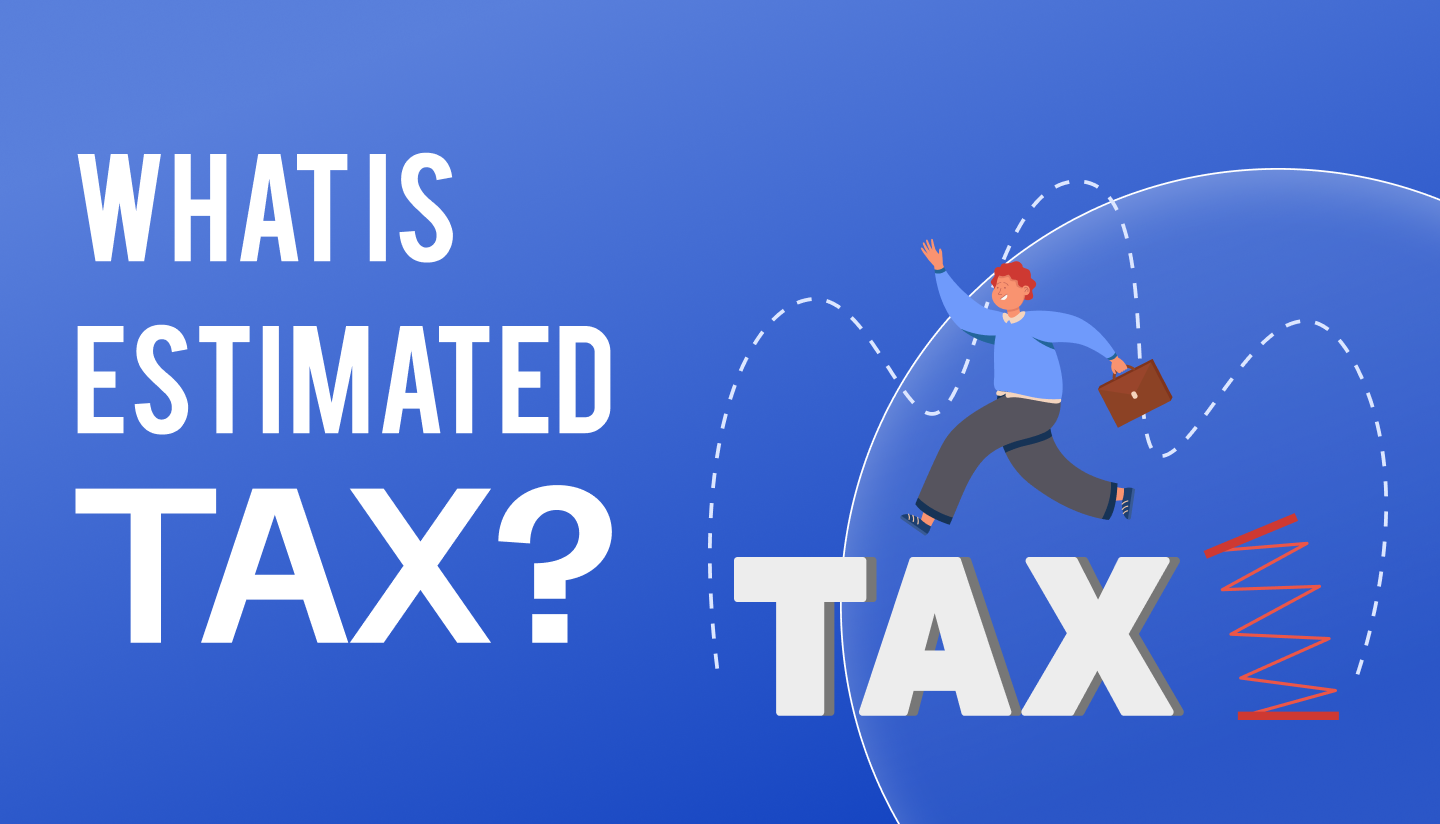
Estimated tax refers to the method of paying tax on income that is not subject to withholding. This includes income from sources such as self-employment, interest, dividends, alimony, capital gains, rental income, and prizes. If you’re an independent contractor, business owner, or receive other non-wage income, you’re likely required to make these payments.
Estimated tax is not only used to cover income tax, but also self-employment tax and alternative minimum tax (AMT) if applicable.
Why Estimated Tax Matters?If you do not pay enough tax throughout the year — either through withholding or estimated payments — the IRS may assess a penalty for underpayment, even if you're owed a refund. To avoid this, it's important to make timely and accurate quarterly payments.
Who Needs to Pay Estimated Tax?Estimated tax generally applies to:
If you earn wages or salaries, you can adjust your Form W-4 to have more tax withheld from your paycheck, which may eliminate the need for estimated tax payments.
To calculate estimated tax, you need to project your:
Use your prior year’s return as a guide, and adjust for any expected changes. Individuals typically use Form 1040-ES and corporations use Form 1120-W to estimate and track their payments.
If your income fluctuates throughout the year, you can update your calculations and re-submit the worksheet each quarter.
The IRS divides the year into four payment periods, each with its own deadline:
You can pay weekly, bi-weekly, or monthly — as long as you've paid enough by the end of each quarter.
Payments can be made online through the Electronic Federal Tax Payment System (EFTPS), which is the preferred method for both individuals and businesses.
You may face an underpayment penalty if:
Special provisions may apply if you are a farmer or fisherman.
The penalty may be waived if:
Use Form 2210 (for individuals) or Form 2220 (for corporations) to determine whether a penalty applies.
Staying ahead of your estimated tax responsibilities can save you time, money, and unnecessary stress. If you're unsure about your requirements, or need help with calculations and filing, our team is here to assist.
Contact us today to schedule a consultation and ensure your estimated taxes are paid accurately and on time.